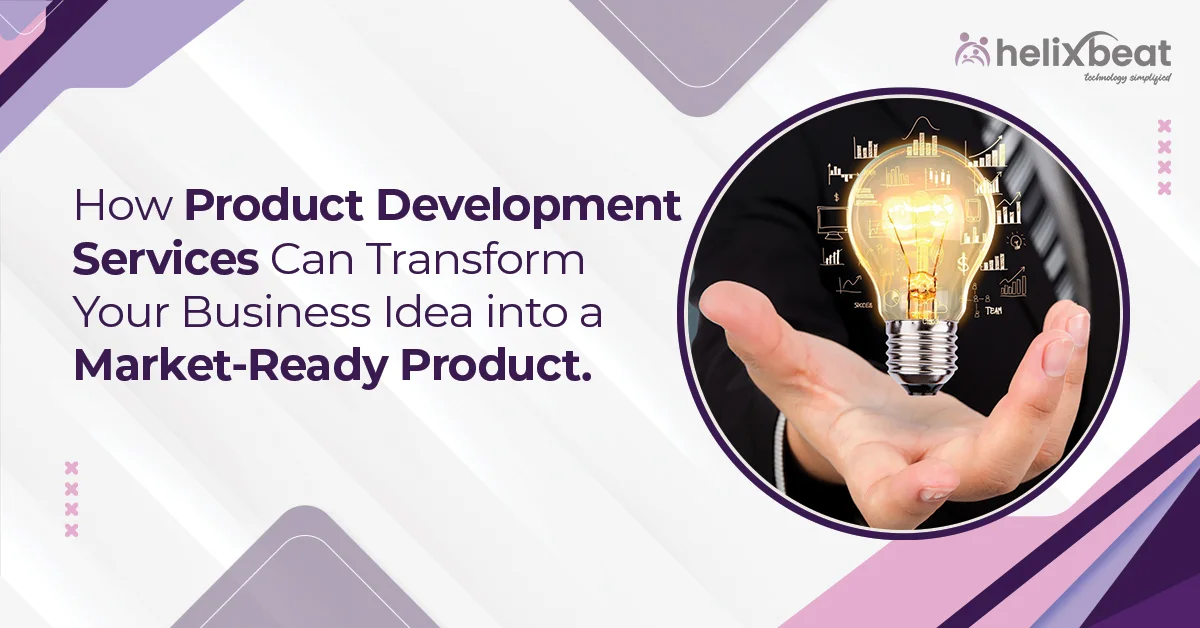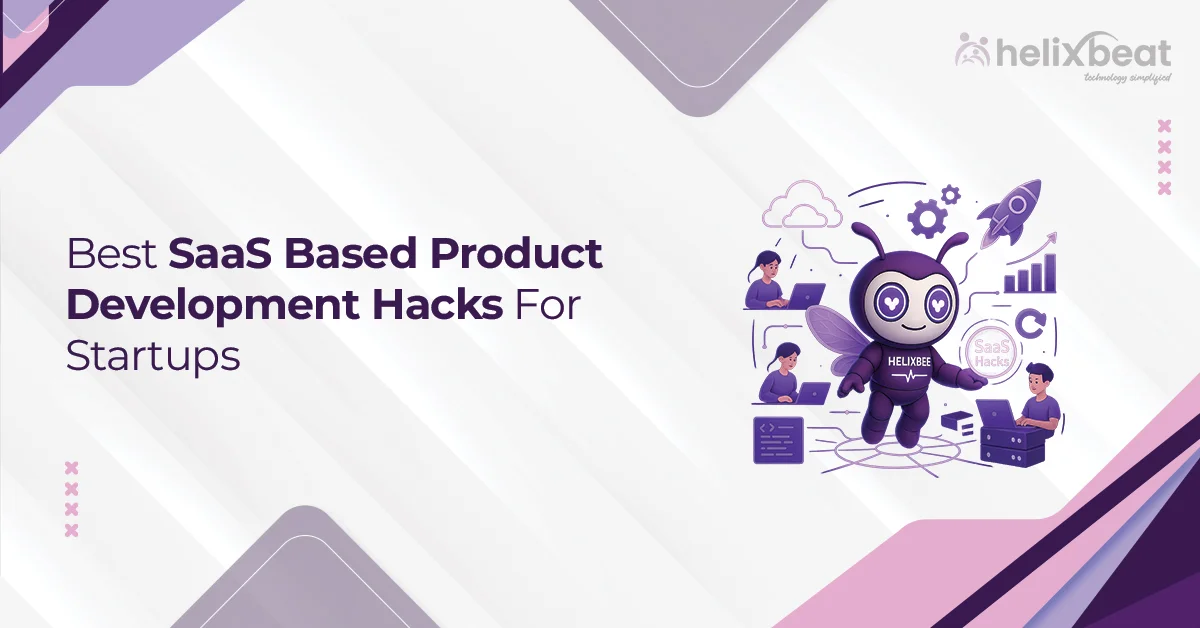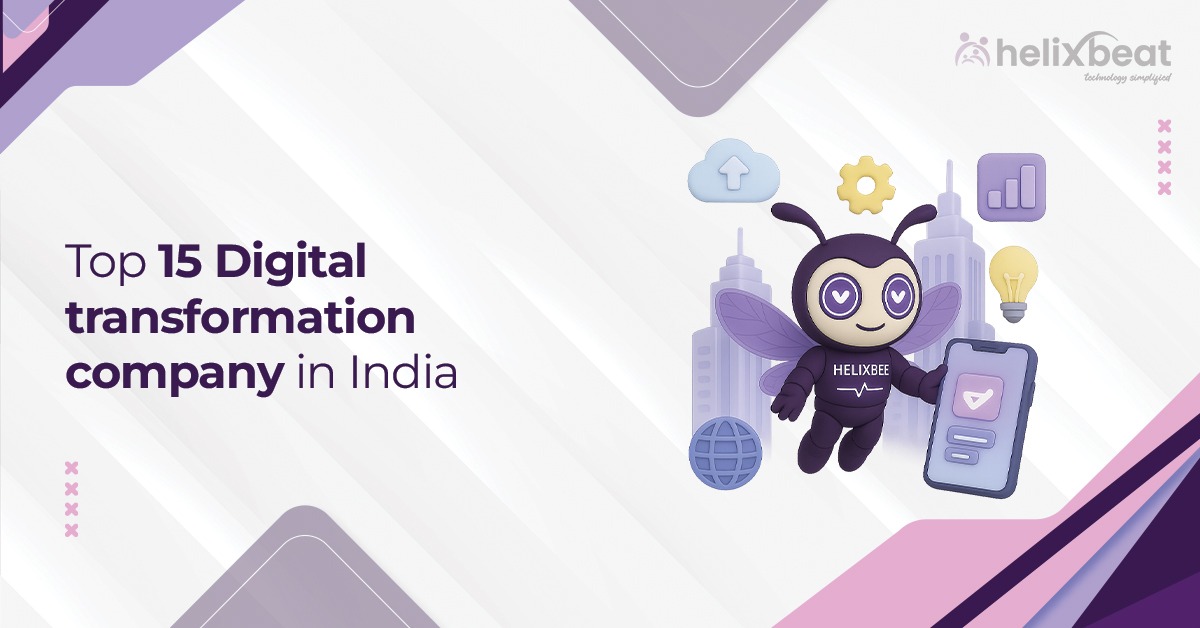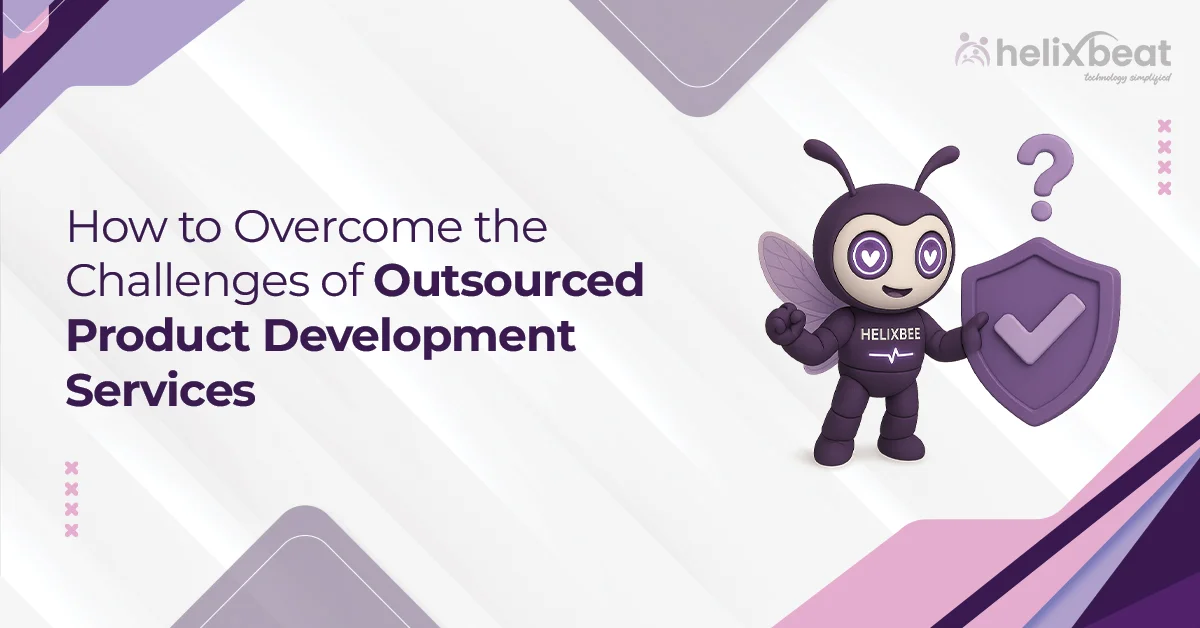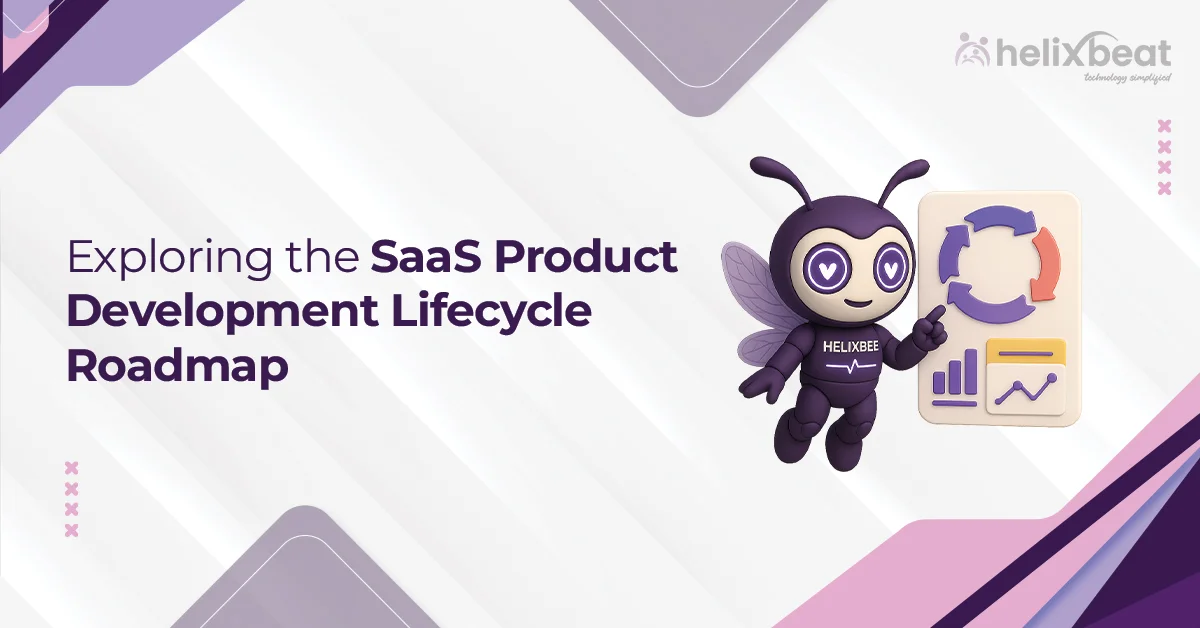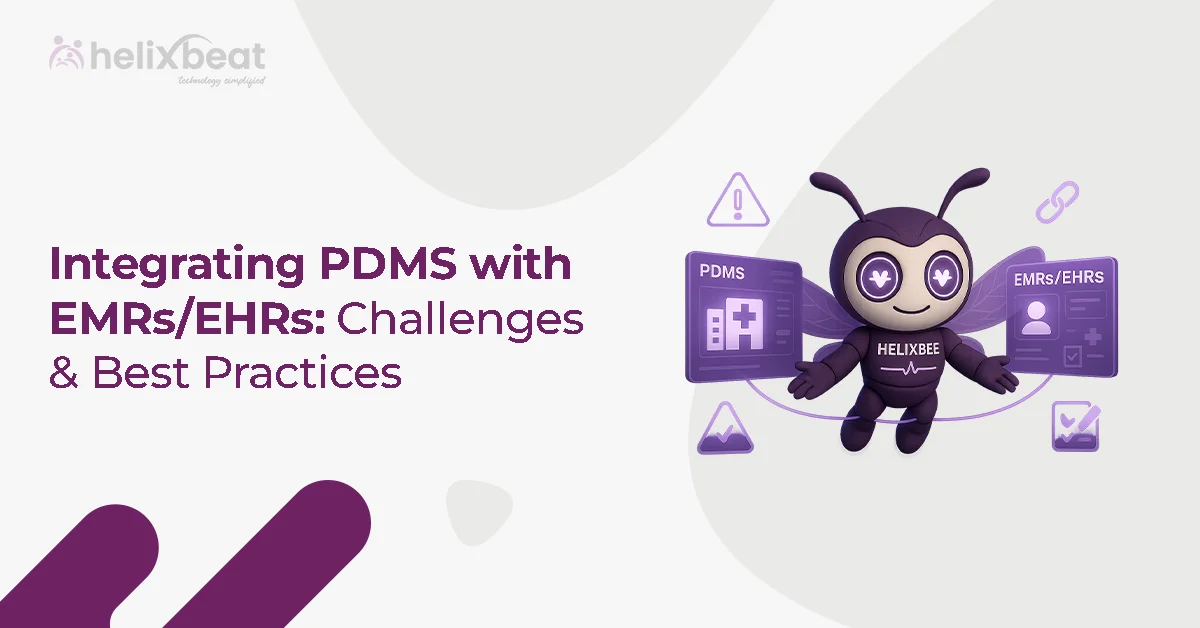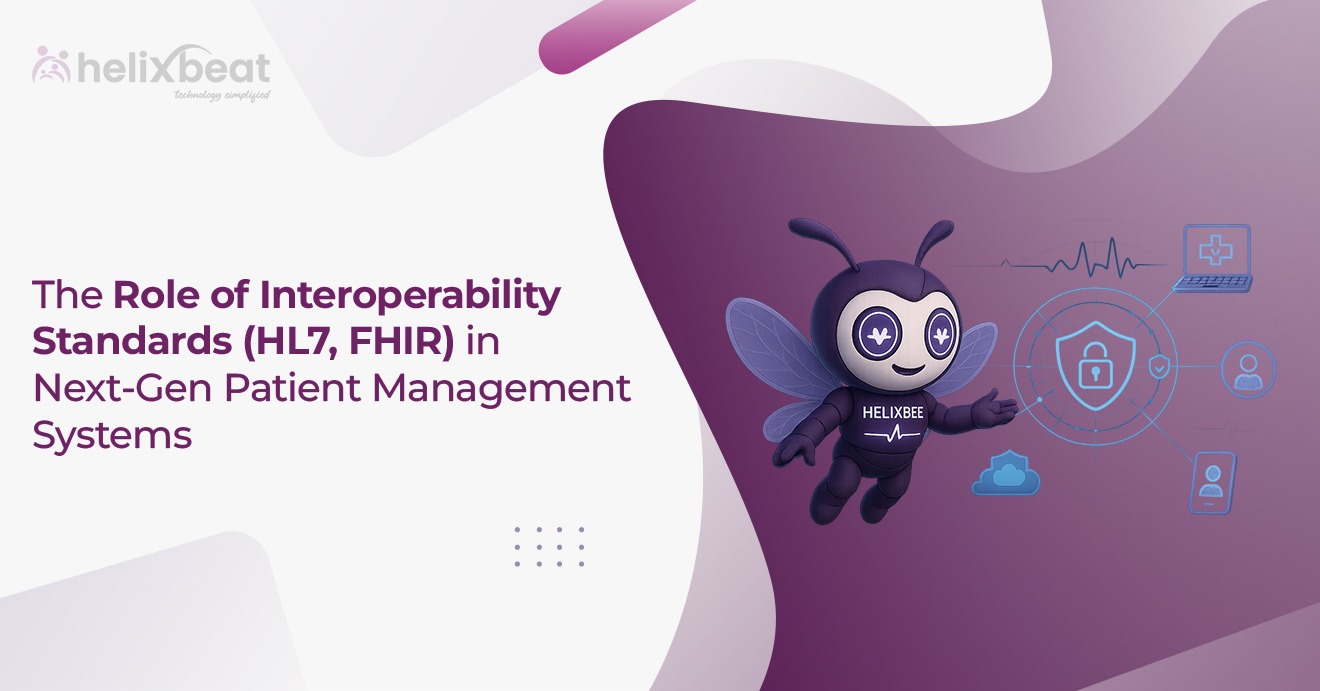Turning an innovative idea into a successful market-ready product is not an easy task. It requires a structured approach, expertise in various domains, and the right resources. This is where product development services enter the market. From initial concept creation to launching a product, the product development process is both complex and essential for businesses to stay competitive.
The process involves several critical steps like research, design, prototyping, testing, and refinement. All of these need to align perfectly to create a product that meets market needs and customer expectations.
With the support of product development services, businesses can execute this process smoothly. Their specialized team will help you avoid common pitfalls, accelerate time to market, and ensure the final product is of the highest quality.
In this blog, you’ll learn more about product development and how product development services will transform a business idea into a final product.

Table of Contents
Why Businesses Need Product Development Services
In the competitive landscape, transforming an idea into a successful product is more challenging than ever. A report shows that 90% of new product launches fail due to factors like poor market fit, lack of customer insight, and inadequate execution. This shows the critical need for professional product development services
1. Faster Time-to-Market: Consumer demand is pushing businesses to shorten development cycles. According to a survey, 65% of companies are developing products faster to stay ahead of competitors, and 62% mention consumer demand as the driving force for faster turnaround times. Leveraging product development services can help streamline processes and meet these demands.
2. Access to Latest Technology and Tools: Product development is constantly evolving, with new tools, technologies, and methods emerging all the time. Partnering with a development service gives you access to the latest innovations, making sure your product is built with the most advanced solutions.
3. Enhanced Product Quality: Companies that utilize data analytics and AI in product development can automate up to 80% of routine product management tasks, leading to improved efficiency and product quality. This integration ensures that products meet high standards and customer expectations.
4. Risk Management: Every product development journey comes with risks, such as technical, financial, or market-related risks. Software Product development services help you navigate these risks with effective planning, testing, and analysis, ensuring a smoother path to success.
5. Cost Efficiency: Investing in product development consulting services can lead to significant cost savings. For example, research-backed by data can deliver up to 15 times the return on investment and cut down development time by 1.5 months. This highlights the financial benefits of professional development services.
7 Stages of Product Development that Transform Your Business Idea into a Market-Ready Product
Turning an idea into a real product isn’t something that happens overnight. It’s a step-by-step process, and each stage is essential for making sure your product is successful. Here are the 7 important stages of product development, explained in simple terms:
1. Idea and Research
The journey begins with an idea. But before you get too excited, it’s important to make sure there’s a real need for your product. This is where market research comes in. It helps you understand your target audience, what problems they face, and if your product is the right solution. Researching competitors is also important to see what’s already out there and how you can do it better.
- What happens: You brainstorm ideas and do research to check if people actually want your product.
- Why it matters: It ensures you’re working on something people will love and buy.
2. Designing and Prototyping
Once you’ve got a clear idea, the next step is to turn it into a design. This could be a drawing, a mock up, or a digital prototype of how the product will look and work. This stage is all about creating a first version that you can test and improve. You might make changes along the way to get it just right.
- Key activities: You create designs and build a prototype to see how your product will look and function.
- Why it matters: It helps you visualize the product and figure out if it works the way you want.
3. Planning the Development Process
Now that you’ve got a design, it’s time to plan how you’re actually going to build the product. This is where you set goals, decide on a budget, and figure out who will do what. Planning ensures that everyone knows what needs to be done, so the process goes smoothly.
- Key activities: You set a plan, schedule, and budget for the product development.
- Why it matters: It keeps everything on track and ensures that things get done on time and within budget.
4. Building the Product
This is the stage where the magic happens. The actual product starts to take shape, whether it’s coding software or creating a physical product. It’s an exciting phase, but it’s also when problems can pop up, so you need to stay flexible and ready to make adjustments.
- Key activities: You build the product, test it, and make improvements along the way.
- Why it matters: This is where the product finally becomes real and starts to work as intended.
5. Testing and Fixing Issues
Once the product is built, you can’t just assume it’s perfect. Testing is crucial to catch any issues before it goes out to customers. This might mean fixing bugs in software or making sure a physical product works as planned. You want to make sure the product is safe, reliable, and ready for the market.
- Key activities: You test the product and fix any problems that come up.
- Why it matters: Testing ensures the product is high-quality and won’t disappoint customers.
6. Launch and Marketing
Now that everything is ready, it’s time to introduce your product to the world. You’ll need a solid marketing plan to get people excited and start selling. This includes advertising, promotions, and making sure people know about the product. A good launch is key to making a strong first impression.
- Key activities: You launch the product with a marketing plan to attract customers.
- Why it matters: A successful launch gets people excited and drives sales.
7. Post-launch and Customer Feedback
Even after the product launch, the work will be continued. After launch, it’s important to continue gathering feedback from customers and make improvements based on their experiences. You might need to fix any issues that pop up or add new features to keep the product fresh and relevant.
- Key activities: You monitor how the product is performing and listen to customer feedback.
- Why it matters: It helps you make improvements and keep your customers happy.
These seven stages are the foundation of any successful product development process. By following each step carefully, you can take your idea and turn it into a product that not only works but also shines in the market.
How to Know If Your Product Development Is Working
To know if your product development is working, look for signs like positive customer feedback, meeting key milestones, and achieving performance targets.
If your team is hitting deadlines, the product is performing well in tests, and customers are willing to pay for it, these are clear indicators of success.
Additionally, the ability to adapt based on feedback shows that the process is flexible and responsive, ensuring a smooth path toward a successful product launch.
A Hassle-Free Product Development Process with Helixbeat
At Helixbeat, we know that turning an idea into a real product can be challenging. That’s why we’ve made our product development process simple and smooth for you. From start to finish, our team works closely with you to bring your vision to life.
Our expert team works closely with you to understand your vision and deliver a well-designed solution. To ensure smooth development through clear planning, constant collaboration, and efficient processes.
We handle every stage, from research to product launch, so you can focus more on your business goals while we take care of the complexities. Contact Helixbeat today for a stress-free product development experience.
FAQ:
1. What is the NPD process?
The NPD (New Product Development) process is the series of steps taken to bring a new product from concept to market. It includes idea generation, market research, design, testing, and launch.
2. What are the 4 P’s of product development?
The 4 P’s are:
- Product: The actual item or service.
- Price: The cost to produce and what customers will pay.
- Place: Where and how the product will be launched.
- Promotion: Marketing efforts to raise awareness.
3. What are the 7 major stages of product development?
The 7 stages are:
- Idea Generation
- Market Research
- Concept Development
- Design and Prototyping
- Development
- Testing
- Launch
4. What are the 4 pillars of product development?
The 4 pillars of product development are innovation, design, engineering, and marketing.
5. What are product development Consulting services?
These are professional services that help businesses create, design, test, and launch products, ensuring the process is efficient and successful.
6. What is an example of product development?
An example is developing a new smartphone, starting with identifying a market gap, designing the product, testing it, and then launching it to the market.



